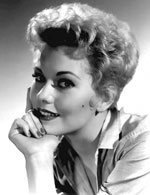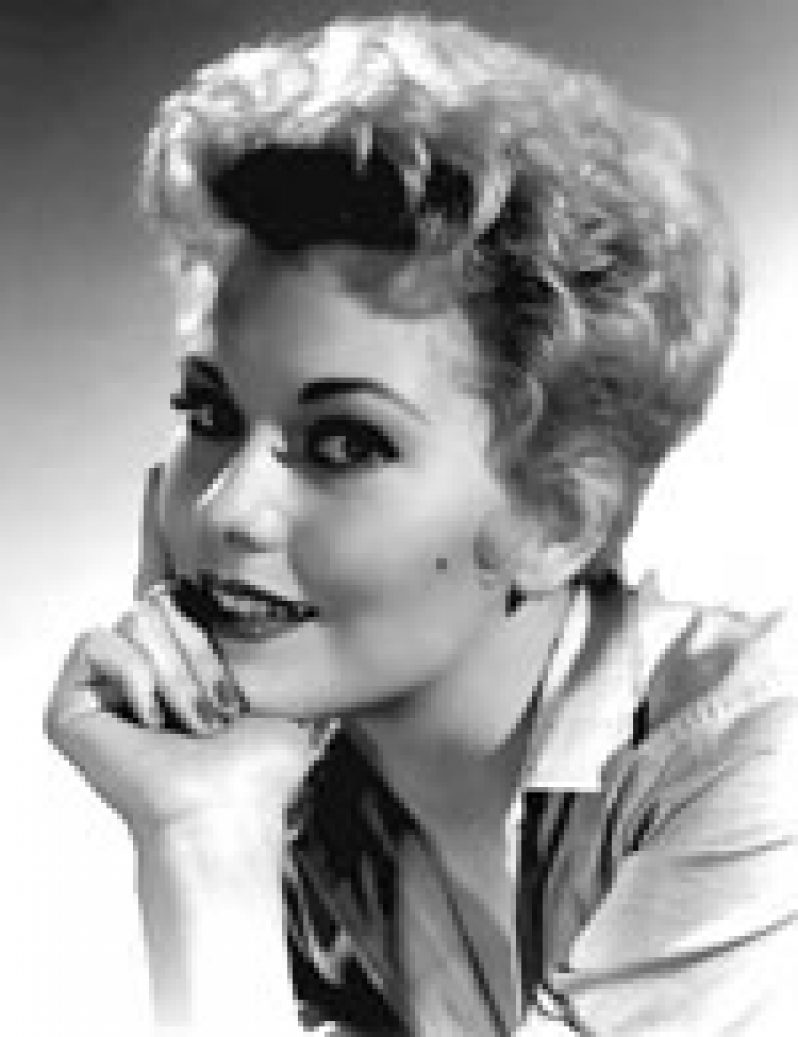CINEMATIC images of beautiful women seem to have lost the steam they once had. It is not difficult to suggest several reasons for this.
 The most obvious is that the film and television public have lost much of the past interest and respect for the female film star beauty image, due to a worldwide obsession with reality as a self-possessed value; in other words, the images of beauty and luxury once perpetuated almost exclusively by screen-magazine images have become the common property of a youthful self-conscious age (this is particularly relevant to women), due to the democratization of the photographic self-image spread by digital cameras and cell-phones.
The most obvious is that the film and television public have lost much of the past interest and respect for the female film star beauty image, due to a worldwide obsession with reality as a self-possessed value; in other words, the images of beauty and luxury once perpetuated almost exclusively by screen-magazine images have become the common property of a youthful self-conscious age (this is particularly relevant to women), due to the democratization of the photographic self-image spread by digital cameras and cell-phones.
There are girls today who doll up and take photos of themselves around-the-clock with Blackberries and Smart-phones. Everyone is a star; everyone is a celebrity, by virtue of their easy access to communicative and photographic processes, without having to prove or achieve anything other than how they look.
Hollywood today is clearly aware of this professional devaluation of the female beauty image (while Bollywood flaunts it), hence the emphasis on action, fantasy, monstrous, catastrophic and science-fiction films which de-emphasize Hollywood’s past interest in on-screen female beauty.
But something vitally interesting seems subsequently lost in much of today’s films by this, and that is the cinematic concept and theme of beauty beyond body image.
Kim Novak
One of the most interesting and physically beautiful Hollywood actresses to have emerged in the 1950s and 60s is Kim Novak. Her screen image would project an important value, where the beautiful body image is just the medium for intelligent internal immaterial beauty and spirit.
Novak, born in America of mostly Eastern European Slavic stock — from her first films, such as ‘PICNIC’ of 1956, directed by Joshua Logan — projected a persona that does not adhere to a stereotype of White women: How they are assumed to think, are expected to behave, what social and cultural values are supposed to be theirs, or racial partners they are destined to be intimate with.
Novak’s film roles and style of acting seem to hark back to a very ancient, primitive European past, when the physical reality of White women had acquired no historical influence on their behaviour; in other words, when the primordial senses and curious mind remained unprejudiced before whatever the world had to offer, and therefore uncontrolled internally by the naked self.
Novak is an actress whose talents went beyond any familiar racial stereotype as a Caucasian, and this narrowed her acting roles down to a consistent unique style.
Novak’s style
Novak did something quite exceptional as a Hollywood actress; she projected her mental and physical characteristics into the role, but at the same time her self-conscious reaction to the movie camera created a brilliant dualism of opposites, fluctuating between a Zen-like coolness, neurotic anxiety, and sensual abandon.
Once an elevator girl, then sales girl in a five-and-ten store, Novak’s most definitive early job was as ‘Miss Deepfreeze’, demonstrating refrigerators on US sales tours. Her first film, ‘THE FRENCH LINE’ of 1954, was an apt screen introduction alongside Jane Russell, one of Hollywood’s most sensual and beautiful actresses, whose steamy, vulgar stage dancing in ‘The French Line’ was way ahead of its time, and preserves this film as a cinematic gem today.
It is with ‘Picnic’ that Novak found her first characteristic rebellious role against the expectations of her White Southern community, where, as the young introverted Southern belle who avidly reads beatnik Allen Ginsberg’s famous ‘Beat’ poetry, she becomes fascinated by bohemian drifter, William Holden, whose individualistic behaviour shocks the routine of her traditional Southern town.
Brief fame
Both ‘PAL JOEY’, with Frank Sinatra, and ‘JEANNE EAGLES’ of 1957, with Jeff Chandler, gave Novak the chance to fluctuate between cool suavity in the former, and tormented anxiety in the latter.
Her rendition of ‘My Funny Valentine’ in ‘Pal Joey’ is memorable, but 1958s ‘VERTIGO’, directed by Alfred Hitchcock, and ‘BELL, BOOK, & CANDLE’, directed by Richard Quine, her most used director who once described her dual characterizations as “Lady in the parlour, whore in the bedroom”, pushed Novak into the Hollywood limelight of the 1950s, made her a box office star, and demonstrated her originality as an actress.
In ‘Vertigo’, Novak — as the silent mysterious woman whose structured hairstyle matches a woman’s portrait we see her contemplating on in an art gallery in the opening scenes of the film — achieved an unforgettable blend of stop-and-go obsessive desire in James Stewart, as the detective both investigating and in love with her.
Stewart was again her co-star in ‘Bell, Book, & Candle’, as an editor, while Novak is at her cool, intellectual, yet seductive best as the beatnik African Art Gallery owner in NYC, who — like her beautiful friends, such as Jack Lemmon, who turns street lights on and off with a snap of his fingers — wields supernatural power, which the film suggests is drawn from associating with the primitive magical origin of art itself.
Novak fits the role like a glove, in much the same way her luscious body fits into the black tights she wears. Once again, it is the dual qualities of her aloof, psychic powers and corporeal sensuality which engage our interest.
‘STRANGERS WHEN WE MEET’ of 1960, perhaps the best film of the Quine-Novak trilogy, really is Novak at her best, as the married woman whose serious creative demeanor alternates with her body’s desire to succumb to the advances of architect Kirk Douglas, whose work she admires.
Hollywood exit
We may wonder why, at the peak of her acting powers in the 1960s, Novak’s popularity waned, but it probably had much to do with the actress’s realization that Hollywood’s quality was declining, and being contrary to her employers’ attempts to control her personal life, such as the distasteful reactions she received when she started dating the suave black entertainer, Sammy Davis in the early 1960s — a fact she revealed in an interview recently on TCM.
Her later film roles like ‘OF HUMAN BONDAGE’ of ’63, directed by Kenneth Hughes, and ‘KISS ME STUPID’ of 64, directed by Billy Wilder, as well as ‘THE AMOROUS ADVENTURES OF MOLL FLANDERS’ of ’65, and ‘JUST A GIGOLO’ of ’79, the latter both European productions, are milder forms of the actress’s earlier captivating roles.
Kim Novak’s screen theme of characteristic beauty beyond the body, which she cornered brilliantly for a decade, made her an unforgettable Hollywood actress.




.png)









